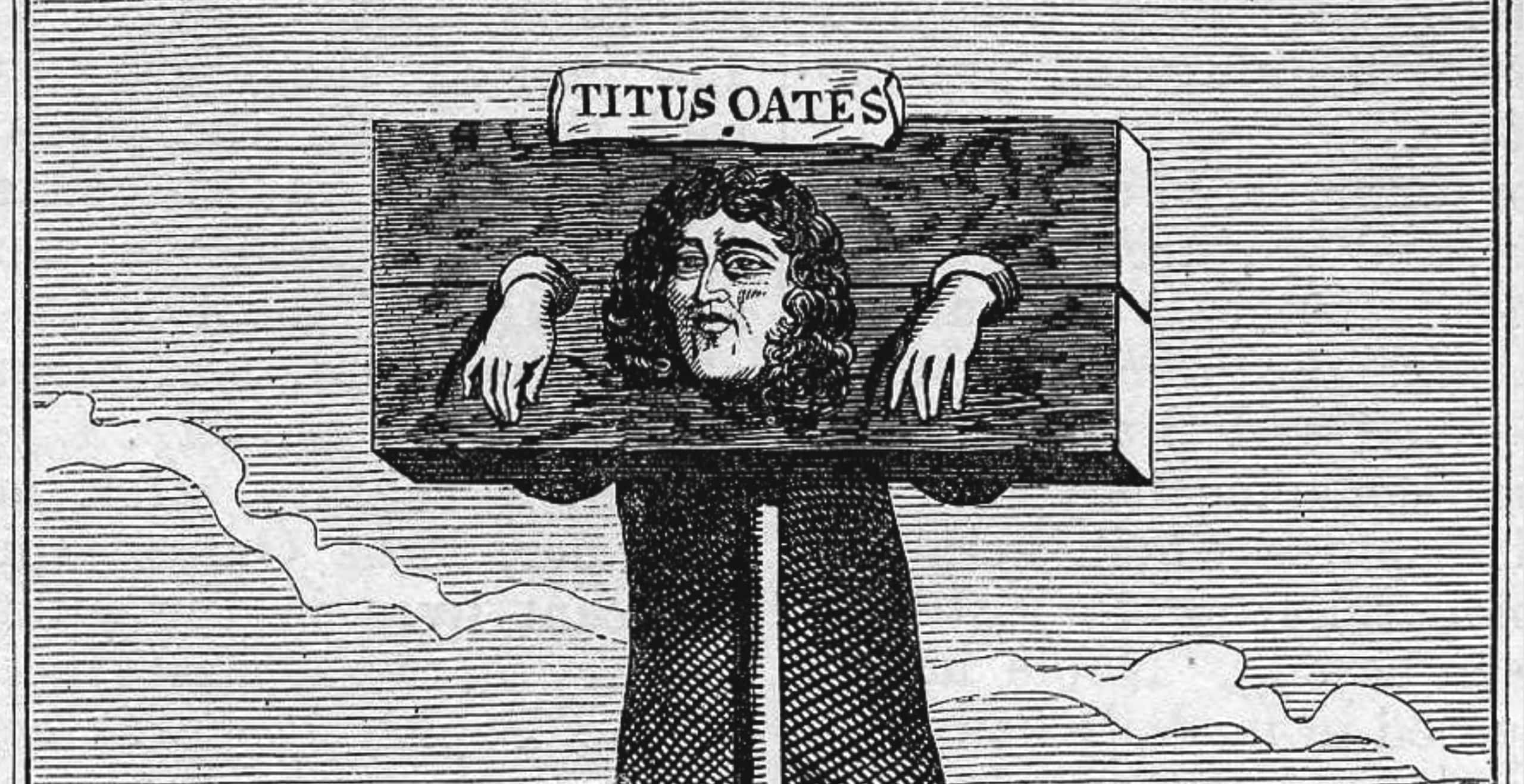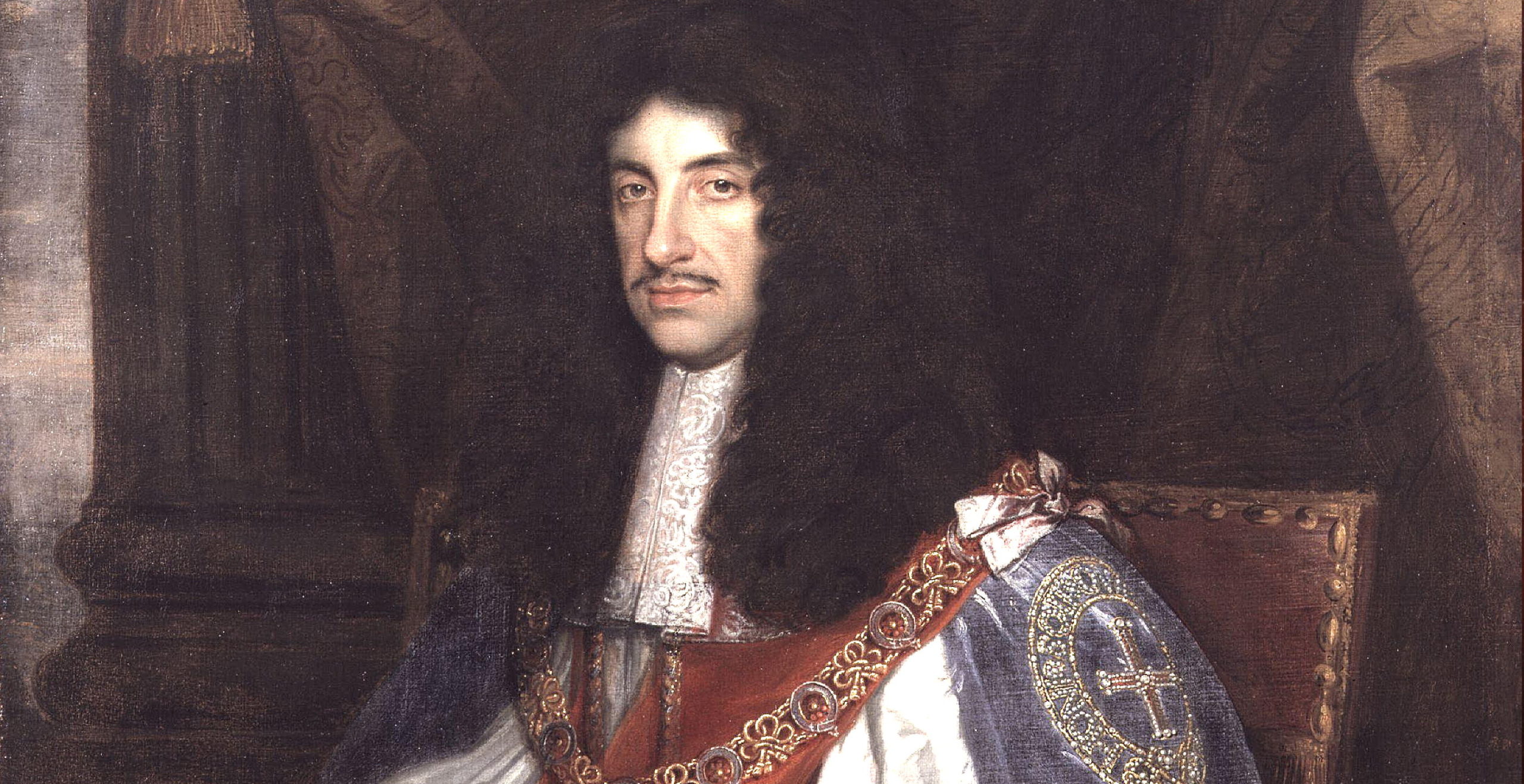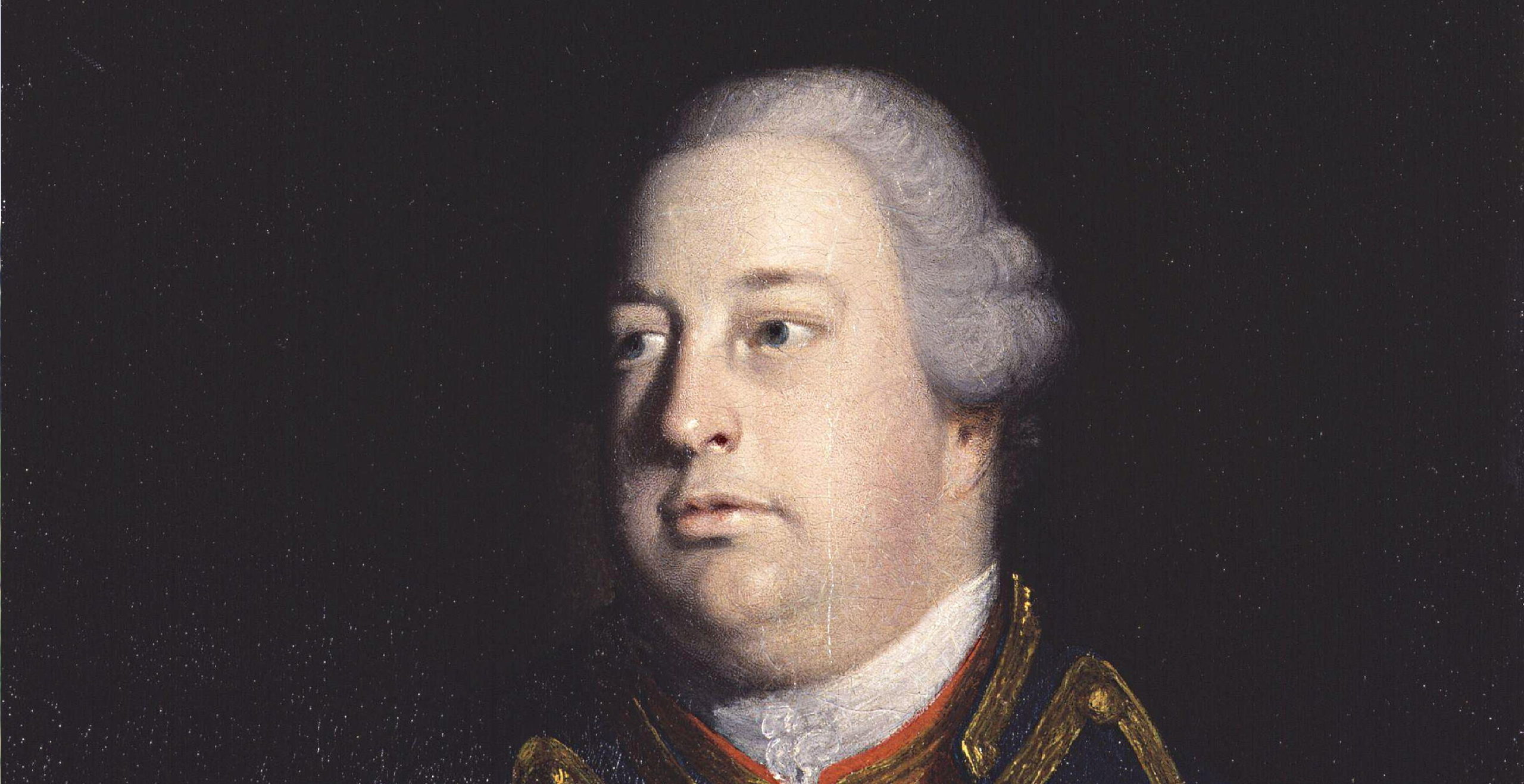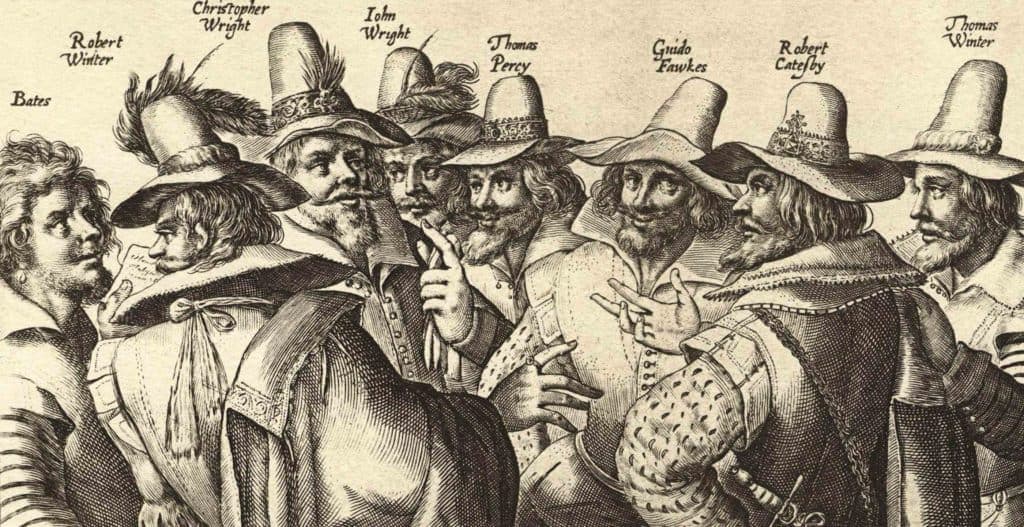“Sunk were his eyes, his voice was harsh and loud,
Sure signs he neither choleric was nor proud:
His long chin proved his wit, his saint-like grace
A church vermilion and a Moses’ face.”
This unflattering description by John Dryden, England’s first Poet Laureate, describes the figure Titus Oates, best known for his orchestration of the “Popish Plot”.
This English priest was the man responsible for fabricating the story of a Catholic conspiracy to kill King Charles II which had enormous ramifications and lead to the loss of life of many innocent Jesuits.
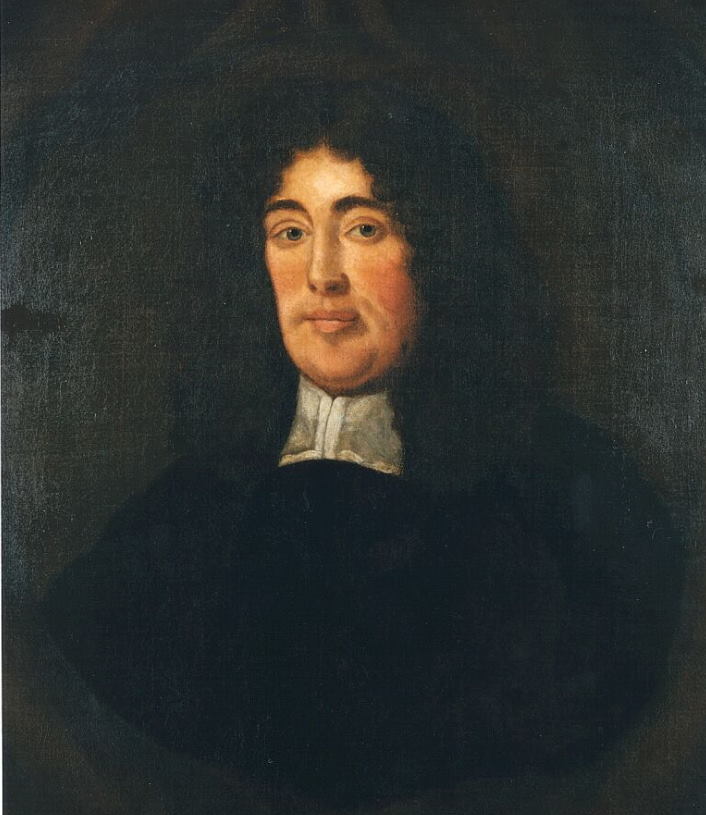
Born in Rutland to a family of ribbon-weavers from Norfolk, Titus was educated at Cambridge University, although he showed little promise in an academic setting. He was in fact referred to as a “great dunce” by one of his tutors and ended up leaving without his degree.
Nevertheless, his lack of success did not prove a hindrance to this prolific liar, as he simply claimed to have received his qualification and gained a licence to preach. By May 1670 he was ordained as a priest of the Church of England and later became a curate in Hastings.
His trouble-making ways began as soon as he arrived. Set on acquiring the position of schoolmaster, Oates decided to accuse the current man in this position of sodomy with a pupil. The allegation was quickly looked into and was found to have been false, leading Titus to be the one to face charges of perjury.
Quick to flee the scene of the crime, Titus managed to escape prison and ran away to London.
However the opportunistic Titus, now fleeing charges of perjury, managed to secure an appointment as chaplain for the Royal Navy vessel, HMS Adventure.
As the ship made its scheduled stop at Tangier, Titus found himself in hot water as he was accused of buggery which at the time was a capital offence and led to his dismissal from the Navy only a year after joining.
By August and on his return to London, he was again captured and arrested and forced to return to Hastings in order to face his outstanding charges. Unbelievably, Oates managed to escape for a second time. Now with much experience of being a criminal on the run under his belt, he was helped by a friend and was able to join a household as an Anglican chaplain.
Rather unsurprisingly given his atrocious track record and pattern of behaviour, his position in the household was short-lived and he moved on once more.
The twist to this story comes in 1677 when Oates joined the Catholic Church. At the same time he joined forces with a man called Israel Tonge who was known to be involved in provoking anti-Catholic hostility. Tonge produced articles which espoused numerous conspiracy theories and his hatred of the Jesuits was well documented.
At this time, Titus’s baffling conversion to Catholicism was said to have shocked Tonge although he later claimed it was done in order to get closer to infiltrating the Jesuits.
Titus Oates then left England behind and joined the Jesuit College of St Omer claiming to be “lulled asleep by the allurements of the Popish Syrenes”.
He then went on to the English Jesuit College based in Valladolid, only to be expelled. His lack of basic Latin and his blasphemous manner quickly became a problem for the school and he was forced to leave.
His re-admittance to St Omer, France was once again short-lived and his trouble-making ways led him down the same path once more, to expulsion.
After successfully alienating those he had come into contact with and full of the vitriol he would need to concoct conspiracy theories, he returned to England and re-acquainted himself with his old friend Israel Tonge.
Together they wrote a manuscript reflecting the harsh anti-Catholic sentiment felt by both individuals. The accusations within the text amounted to a “Popish plot” concocted supposedly by the Jesuits who were arranging for the assassination of King Charles II.
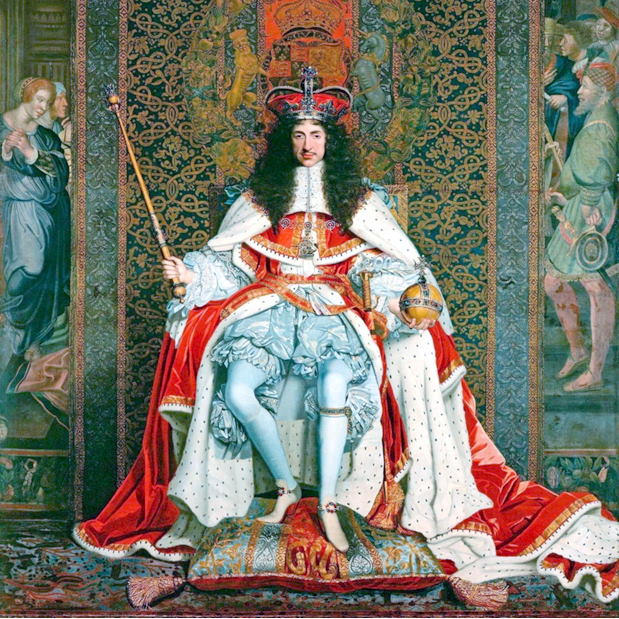
The appetite for such a plot was strong and the Jesuits in particular were targets, as those non-Jesuit Catholics had been willing to seek an oath of allegiance to the king however the Jesuits had resisted such an agreement.
Considering the gravity of such a claim, the matter was taken seriously and in August 1678 the king himself was warned of such a plot.
The handling of the accusations was left to the Earl of Danby, Thomas Osborne, who was one of the king’s ministers.
Oates would subsequently meet with the King’s Privy Council, bringing forward a total of 43 allegations which amounted to several hundred Catholics being embroiled in this fabrication.
The lie was carried out with a remarkable sense of conviction by Oates, including a number of high profile people in his accusations including Sir George Wakeman, doctor to Queen Catherine of Braganza.
With the help of the Earl of Danby, Oates managed to expand his lies to the council, with the list of those accused continuing to grow to almost 81 separate accusations with a number of high-ranking individuals among those facing charges.
Unbelievably, despite his track record for lying, evasion of court and general trouble-making, Oates was given a squad to begin rounding up Jesuits.
Furthermore, Oates had proved that he would use anything to his advantage, including the death of an Anglican magistrate, Sir Edmund Berry Godfrey, whom Oates had sworn an affidavit to, detailing his accusations.
The murder of the magistrate was manipulated by Oates to launch a smear campaign against the Jesuits.
Oates’ lies grew bigger and bigger.
In November 1678, Oates claimed the Queen was attempting to poison the King. He further claimed that he had conversed with the Regent of Spain in Madrid which landed him in hot water with the King who had personally met with Don John in Brussels. Seeing through his web of lies and with Oates failing to accurately describe the looks of the Spanish Regent, the King gave orders for Oates to be arrested.
In another twist of fate for the fortunate and cunning Oates, a threat of constitutional crisis forced parliament to release him. Instead of being punished, he received an annual allowance and a Whitehall apartment, receiving a high degree of praise from those who had bought into this prevalent anti-Catholic hysteria of the day.
With not even the king’s suspicions being enough to condemn Oates, nearly three years passed with executions of innocent Catholics, before people began to question the legitimacy of such outrageous claims.
Doubt had begun to creep in and the Lord Chief of Justice, William Scroggs began giving more and more innocent verdicts.
By the late summer of 1681, Oates was told to leave Whitehall, however he showed no intention of leaving and even had the audacity to slander the King as well as his brother, the Duke of York, who was Catholic.
Eventually, the suspicions, the claims, the deceit and the slander caught up with him and he was arrested for sedition, fined and imprisoned.
By the time Catholic King James II came to the throne in 1685, Oates had been convicted and sentenced for life with the added caveat of being whipped on the streets of the city for five days every year until he died. The humiliation and the public beatings were the only alternative for a sentence for perjury which did not carry the death penalty.
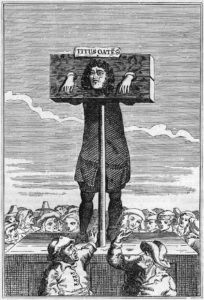
For three years, Oates would remain in prison only to have his fortunes reversed when the Protestant William of Orange pardoned him for his crimes and he even received a pension for his efforts.
He eventually died in July 1705. A lonesome, disgraced character with a bad reputation, he left a trail of mass destruction in his wake. A large number of Jesuit martyrs had suffered as a result of the falsehood propagated by Oates, dying either in prison or on the day of their execution. Their resolve however had not diminished, as one observer was claimed to have noted:
“the Jesuits fear neither death nor danger, hang as many as you will, others are ready to take their place”.
Jessica Brain is a freelance writer specialising in history. Based in Kent and a lover of all things historical.
Published: May 14th, 2021.
